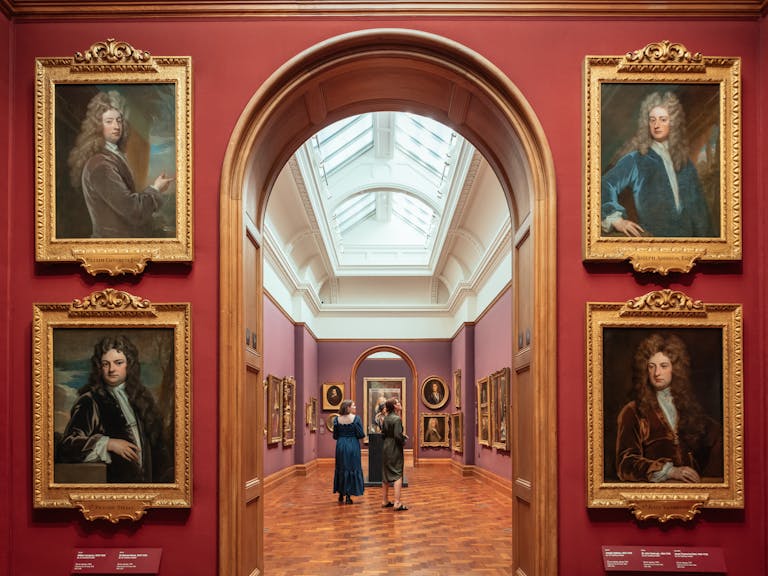Country Life on Purcell's exemplary renewal of Boston Manor House

Country Life Magazine writes glowingly about Purcell's exemplary renewal of Boston Manor House in West London. The house was built in the early 17th century for Mary Reade, widow of Sir William Reade, who inherited Boston, together with Osterley, from his mother, Ann, the widow of Thomas Gresham. The couple probably lived in an old house here when Osterley was tenanted by Sir Edward Coke, but William’s death in 1621 provided Mary with the impetus for comprehensive reconstruction. Three lead rainwater hoppers are dated 1622 with her initials.



The result is a fine example of the type of compactly planned house favoured by City merchants. It is built of red brick laid in English bond to create a block six bays wide, four deep and three storeys high. A deep cornice runs around the building and demarcates the third storey with its crown of gables, three to the longer sides, two at the short end. The main front to the east appears regular with a central door, now enclosed by a porch, but the rear of the house is slightly chaotic, with the cornice broken to accommodate staircase windows and the gables are entirely unrelated to the placing of the windows below (Fig 8). Now hidden within the roof space between the fourth and fifth bays are two north-facing brick gables, each decorated with an oculus, proving the top storey originally ended here. The brickwork in the lower floors north of this line is carried on without interruption, so these storeys probably existed in the 1620s and, at ground floor, no doubt contained the kitchens, perhaps with other service rooms retained from the older house adjoining.

